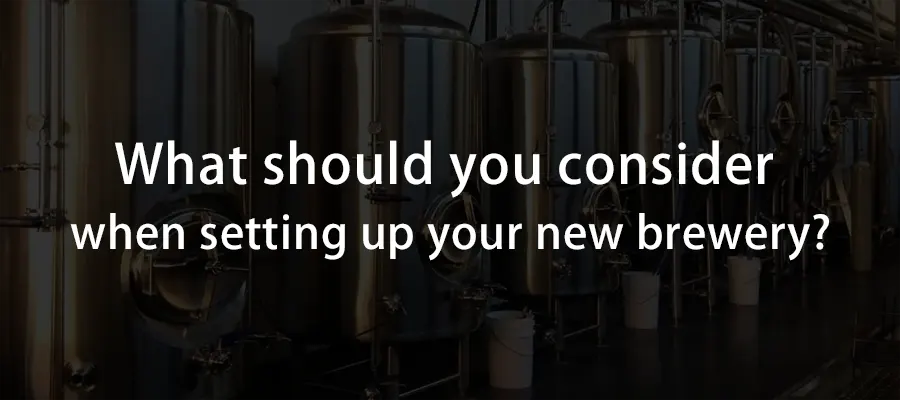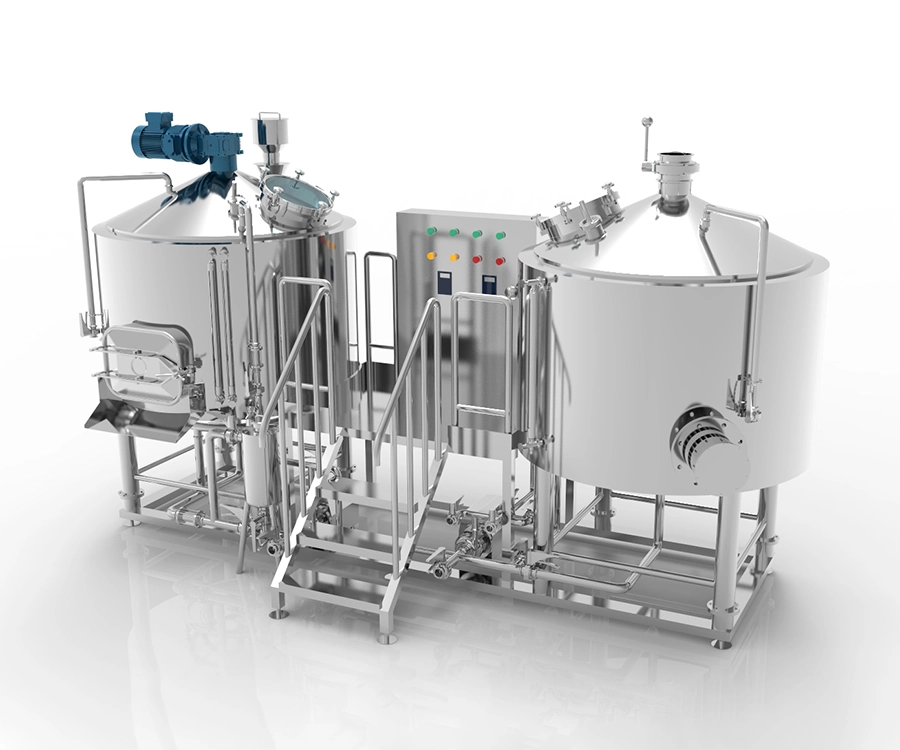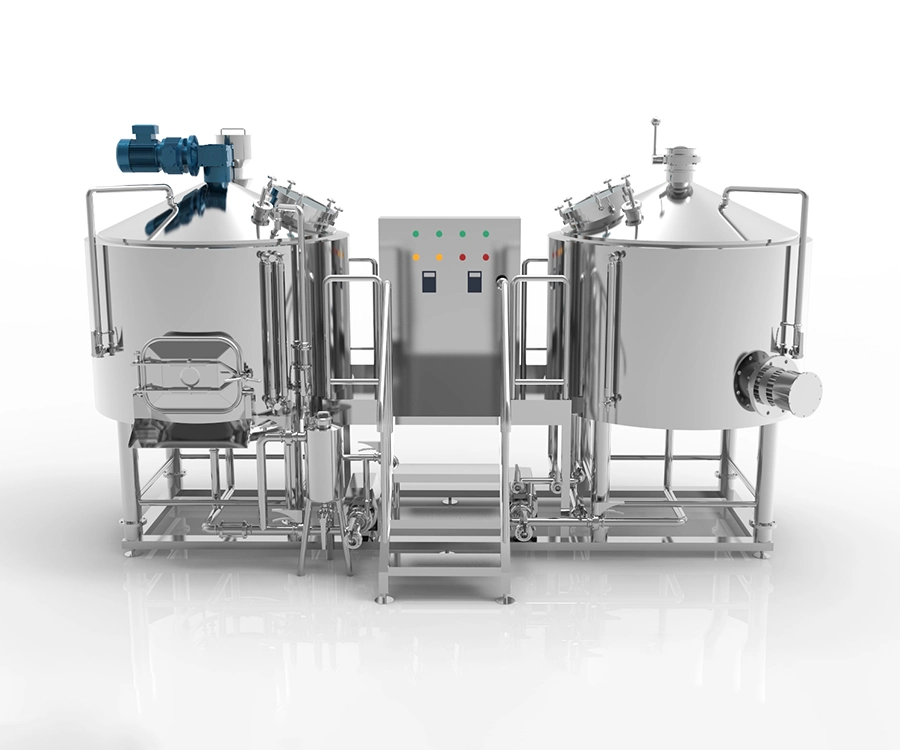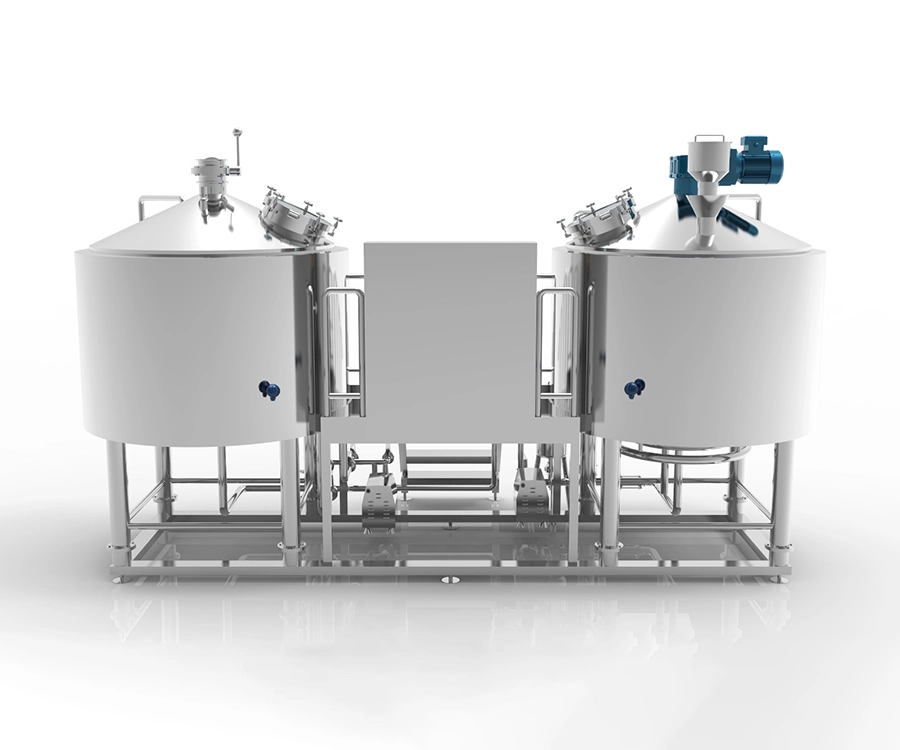Brewery setup considerations entail a variety of unexpected issues, and today we’ll explore the process of tailoring a brewery project to meet those needs. As a supplier, I’ve witnessed firsthand the evolving needs and scope of brewing projects over time.
In the past, it was simpler to put together an equipment list based on a client’s outlined project scope. Typically, a 2 or 3-vessel system with enough cellar tanks to meet beer volume needs sufficed, and many requirements were “off-the-shelf” solutions.
However, in recent years, brewery projects have become more specialized, with niche breweries requiring specialized equipment and unique requirements. As a supplier, I relish the challenge of meeting these needs and appreciate the positive feedback from clients after walking them through their custom projects.
When we take on a brewing project, it becomes a personal mission for me to ensure the best outcome for the client. I am always available to answer any questions that arise during the project, from initial idea to final equipment delivery. We work closely with clients to ensure that the equipment we supply fulfills the needs of their brewery. So, how do we bring the process of customizing a brewery project together?
Customizing Your Brewery Setup: Understanding the Initial Scope
When a client approaches us to build a brewery, we begin by understanding their specific requirements. We ask questions such as:
- What is the size of your planned brewhouse?
- What type of beers will you be making?
- Do you already have a location in mind?
- Are you planning to use a lot of automation for the brewhouse?
- What are your predicted sales for year one, two and three?
We’ve worked with many clients who are experienced in brewing but lack knowledge of equipment and engineering. By gathering basic information on their needs, we can review their initial requirements and provide recommendations on equipment configuration and structure. Our goal is to ensure that the client’s brewery setup is perfectly tailored to their unique needs and specifications.
Optimizing Your Brewery Setup Size
Craft brewing is becoming increasingly competitive and sizing your brewhouse has never been more important. A brewery must keep up with demand, offer new brews and ensure that beer stays fresh. This requires a balancing act between producing high volume beers and unique brews that may sell more slowly.
Having a smaller brewhouse that can make multiple batches per day is often the best solution for flexibility and dynamism. Two main options are available – having a main brewhouse and a pilot system, or one main brewery and different-sized cellar tanks.
Adding a pilot system can be costly, so we typically design a main system with a smaller brew capacity, such as 1/2 or 1/3, and equip it with a few sets of small-scale cellars to solve the pilot system issue. This avoids the extra costs associated with a pilot system while maintaining flexibility and quality.
Benefits of Using Larger Unitanks for Cellar Storage
When considering the best equipment for your brewery, it’s important to weigh the advantages of different options. One option to consider is using larger unitanks for cellar storage, rather than multiple smaller tanks. There are several advantages to this approach:
- Less work is required to brew into one larger unitank than into multiple smaller tanks, as only one vessel needs to be prepped for wort filling.
- Using one larger tank can result in less beer loss.
- Pitching the brew with less yeast is possible when brewing over two days to fill the tank.
- One larger tank takes up less space in a shipping container, which can help optimize space and reduce shipping costs.
By choosing larger unitanks for cellar storage, breweries can save on upfront costs and reduce running costs over time. It’s an option worth considering for any brewery looking to maximize efficiency and profitability.
Brewery Setup Configuration
There are several other aspects to consider when configuring a brewery setup, including:
- Sizing the hot liquor tank (HLT) – Will the brewery produce multiple brews per day? What other purposes will the HLT serve?
- Dimensions of the mash tun – This will depend on the type of beer being brewed and the processes involved.
- Do you need to add a CLT? – This is still pending and will need to be reviewed.
- Automation requirements – The level of automation needed will depend on the scale and scope of the project, as well as the budget. However, high automation can greatly improve efficiency and reliability.
Considerations for Mainstream Beer
When designing a brewery setup, it is important to consider the types of beer that will be produced. The style of beer will impact the brewing process, as well as the design and equipment requirements for the brewhouse.
For example, a brewery focused on producing lagers will have different equipment needs than one producing mainly hazy IPAs. This will impact the design of the brewhouse and the makeup of the cellar tanks.
The modern brewing industry is constantly evolving, with new and innovative beer styles emerging regularly. This has led to frequent updates to equipment, such as tubular heat exchangers, calandria, and double kettle whirlpools. Each commercial-scale system is unique, reflecting the specific needs of the brewery.
A brewery setup must take into account many unexpected issues, and our team has years of experience working in the brewing industry. If you need help with your project, please don’t hesitate to reach out. We are happy to discuss your project and provide guidance. You can email us at sales@micetgroup.com, and we look forward to hearing about your brewery project.







